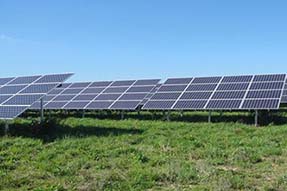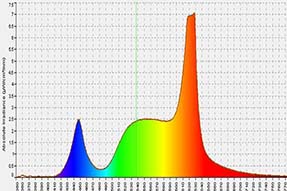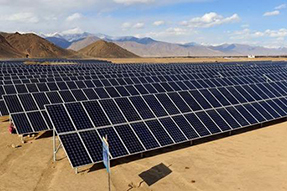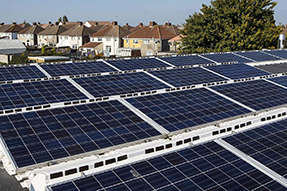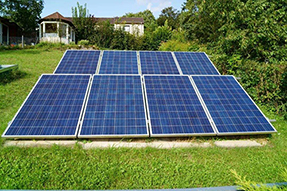How about is for Solar PV Industrial Market in Thailand ?
With the development of solar PV industry, by the limitation of electric consumption and transmission, the newly increase solar plants have been slowing in China. At the same time, more and more China’s Solar Companies pay more attention to overseas (outside of China) market, as the geographical closing, the Countries of Southeast Asia have been followed by China’s companies.
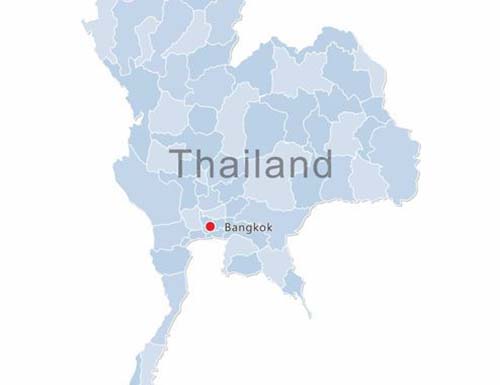
Thailand Energy Structure.
For whole of Thailand electric power supply, 70% of power supply is nature gas, 20% is coal, for renewable energy, such as wind energy, hydro energy and solar energy, is just 8%. Whereas, most of Thailand natural gas rely on import, Thailand started to import natural gas from other Countries to meet its increasing demand since 2011. Although Thailand has great storage for natural gas, the increase of entire storage and production capacity can’t meet its demand increase. Thailand may confront energy crisis if to import natural gas has any problem.
Current State for Thailand Energy Supply.
Thailand is in short of energy supply, it is unbalance for energy supply and demand, which is not good for its strategic energy development. There is serious problem for Thailand energy development strategy, energy management system is not improvement, it lacks of renewable exploitation technology and energy development strategy.
The Latest Government’s Policy in Thailand.
The 13th session meeting of ASEAN energy ministry was organized in October, 2015, in this meeting, Various Countries have made their ideal target that the renewable share would reach 23% before 2025, Thailand made the target that renewable installation volume would reach 19365MW by 2036, the increase ratio of renewable power generation would reach 20%. In terms of solar PV generation, Thailand government publish FIT (Feed-in-Tariff) for grid parity, capital subsidy or return, loan for public investment, tax reduction, etc. Thailand government greatly support and develop solar PV power generation.
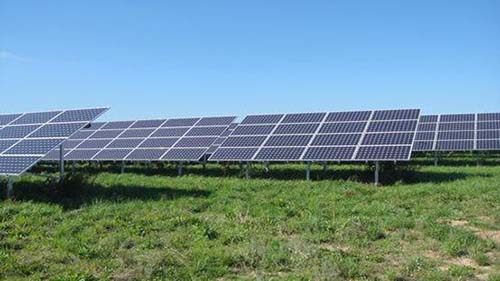
Other data which is relative with solar projects.
1. Land.
Cost is about US$25-80 thousand per acres, price is according to the distance with big city. The ratio of land transfer tax is 6.3%, real property tax is about US$0.96/m^2 which should be imposed each year, in addition, it can be permanent to possess if the land get approved by BOI agency, land has long run investment value.
2. Electric Cost.
Household Electric Cost: US$0.06-US$0.12 per kilowatt hour.
Industrial Electric Cost: US$0.08-US$0.12 per kilowatt hour, cost is charged according to power usage situation.
3. Labor Cost.
The advantage of labor cost is not obvious in different districts. The least wage standard is US$9/day in Thailand, the wage of ordinary workers is between US$300 and US$400 per month, medium and senior managers’ wage is between US$1500-US$3000 per month.
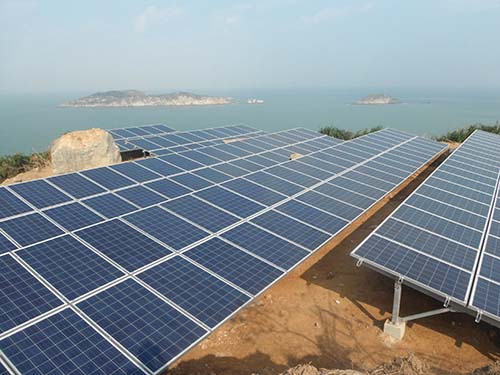
4. Rent of Workshop and Office.
Rent of Workshop is between US$5-US$7 per square meter per month, rent of office is US$20-US$25 per square meter per month in Thailand.
5. Tax Incidence.
For business income taxes, the tax rate is 20% when business income is above 30 thousand dollar, the tax rate would decrease if business income is below 30 thousand. At the same time, Thailand government should impose tax on added value by 7%, enterprises should afford 5% of social security benefits. Under not to consider tax priority or tax free, the cost of companies’ tax incidence and compulsory welfare is low in Thailand.
Above is the presentation for solar PV industrial situation in Thailand, if anyone plan to invest solar project in Thailand, government’s policy and its local situation should be considered.
Bingsolar Power, 23th, June, 2018
